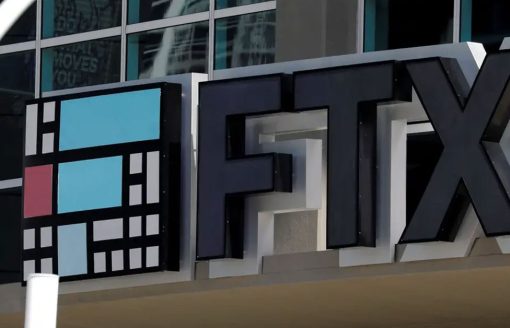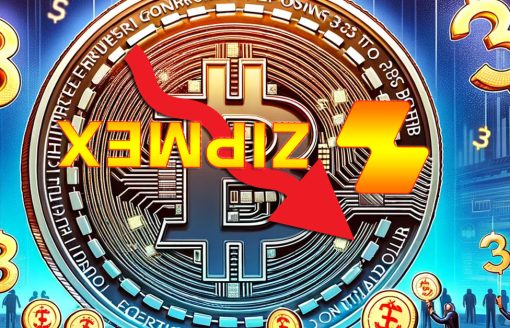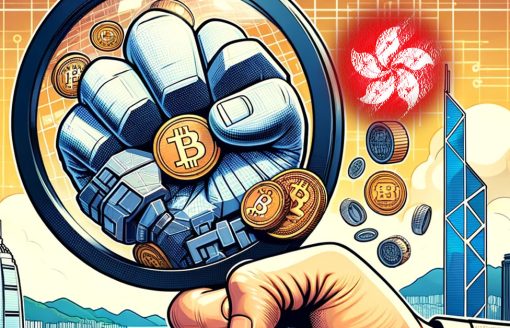Key Points
- During his criminal trial, Sam Bankman-Fried stood his ground and denied any wrongdoing.
- The CEO of FTX stated that he was unsure of the specific benefits that Alameda had on his exchange, blaming Gary Wang and Nishad Singh for the unique features created for his trading company.
The CEO of the defunct cryptocurrency exchange FTX, Sam Bankman-Fried, finally made a statement after three weeks of testimony from his former staff members. His version of events at FTX appears to be different from those of his subordinates.
Stay in the know on crypto by frequently visiting Crypto News Today
First and foremost, Bankman-Fried adamantly denied defrauding FTX clients or exploiting their funds. “It turned out the opposite way,” he remarked, acknowledging that FTX was not the trailblazing organization he had anticipated would lead the cryptocurrency sector forward.
“I made a lot of small and big mistakes,” he said, saying that, among other things, “there was a lack of oversight” and that FTX lacked a dedicated risk-managing team.
Mark Cohen, the primary defense attorney for Bankman-Fried, began the hearing on Friday by subjecting him to direct questioning. Questions about SBF’s past, his previous position at the trading firm Jane Street, his formation of Alameda Research and FTX, and their operations were addressed.
The original idea behind FTX was to develop a cryptocurrency derivatives exchange and then sell it to an established spot exchange, with Binance being the most likely contender. But SBF saw he had a chance of launching a profitable exchange himself, and Binance ultimately built its own derivatives platform, he added.
“Erroneous liquidations”
Regarding FTX’s functioning, SBF provided a perspective on the privileges Alameda Research held on FTX. Eventually, the FTX team noticed that the delay in updating the account balance may force the algorithm that automatically liquidated leveraged positions underwater to go crazy. This could lead to a series of “erroneous” liquidations of employment that ought to be okay, including Alameda positions.
Since Alameda was the primary market maker on FTX, SBF stated that these unintentional liquidations may wipe out its positions and leave the exchange’s order book completely depleted, leaving users without a counterparty to trade with and the pricing algorithm displaying inaccurate numbers.
“If there were erroneous liquidations for Alameda that would have disastrous consequences for users,” he added.
CryptoCaster Quick Check:
SBF next proceeded to his two senior officials, Nishad Singh and Gary Wang, who had both already testified in this matter. According to Bankman-Fried’s own words, Wang and Singh were informed by him that FTX needed to put some safeguards in place to avoid mistaken liquidation, such as notifying the impacted user or delaying liquidation. Wang and Singh then informed their supervisor that they had included a functionality to address the problem. According to Bankman-Fried, he was unaware of the precise nature of it at the time.
Advertisement
Follow GappyCoin PreSale on Twitter, and ReCap for information and more.
It wasn’t until he heard every testimony, he claimed, that he realized it was effectively enabling Alameda to post orders without any collateral and to have a negative balance without having its positions liquidated.
Singh provided a significantly different account last week during his own testimony. He claims that during FTX’s significant deleveraging event in 2020, Alameda was unable to provide liquidity because it lacked collateral. When assigning Alameda to handle liquidations, Bankman-Fried questioned Singh about why the exchange should even care that the company had collateral.
“In the end, Sam questioned why free collateral would be necessary if Alameda would just use all of it in open orders. We understand that open orders don’t pose a risk in and of themselves, but they also don’t use up collateral the way a position does. Therefore, why don’t we, on behalf of Alameda, simply eliminate the requirement that we consider its free collateral when deciding if it qualifies as a backstop provider for a liquidation,” Singh said in court on October 17.
The Rising Debt of Alameda
Once more, Bankman-Fried stated that he was unaware of Alameda holding and borrowing money from FTX users while they were free.
“I wish I had a better understanding of the situation at the time,” he remarked, admitting that he wasn’t totally sure what was going on.
Bankman-Fried informed the court that he left his position as CEO of Alameda because running two businesses concurrently “became untenable.” He acknowledged that he monitored Alameda’s transactions, nevertheless, and that he continued to be involved in the venture capital transactions and “risk and hedging” issues.
Additionally, he did not want to abandon Caroline Ellison, the recently appointed CEO of Alameda, since she “was doing quite well in some areas but needed support in others.” According to Bankman-Fried, some elements of that support would also be “complementary” to his work at FTX.![]()
We hope you appreciated this article. Before you move on, I was hoping you would consider taking the step of supporting CryptoCaster’s journalism.
From Elon Musk, Larry Fink(BlackRock) to Jamie Dimon(JP Morgan Chase) a number of billionaire owners have a powerful hold on so much of the hidden agendas’ which eludes the public concerning the paradigm shift juxtaposed by cryptocurrency and web3 emerging technologies. CryptoCaster is different. We have no billionaire owner or shareholders to consider. Our journalistic efforts are produced to serve the public interest in crypto development and institutional disruptions – not profit motives.
And we avoid the trap that befalls much U.S. and global media – the tendency, born of a desire to please all sides, to engage in false equivalence in the name of neutrality and retail consumer protection. While fairness and transparency dictates everything we do, we know there is a right and a wrong position in the fight against fiat global banking interest and monetary reconstruction precipitated by the emerging crypto ecology.
When we report on issues like the FTX, Binance and Ripple crisis, we’re not afraid to name who or what is uncovered. And as a crypto sentinel, we’re able to provide a fresh, outsider perspective on the global monetary disruption – one so often missing from the insular American and European media bubble.
Around the world, readers can access the CryptoCaster’s paywall-free journalism because of our unique reader-supported model. That’s because of people like you. Our readers keep us independent, beholden to no outside influence and accessible to everyone – whether they can afford to pay for news and information, or not.
We thankyou for the on-going support our readers have bestowed monetarily. If you have not considered supporting CryptoCaster, if you can, please consider supporting us just once from $1 or more of Bitcoin (satoshi) or Eth, and better yet, support us every month with a little more. Scroll further down this page to obtain CryptoCaster’s wallet addresses.
Thank you.
Kristin Steinbeck
Editor, CryptoCaster
Please Read Essential Disclaimer Information Here.
© 2024 Crypto Caster provides information. CryptoCaster.world does not provide investment advice. Do your research before taking a market position on the purchase of cryptocurrency and other asset classes. Past performance of any asset is not indicative of future results. All rights reserved.
Contribute to CryptoCaster℠ Via Metamask or favorite wallet. Send Coin/Token to Addresses Provided Below.
Thank you!
BTC – bc1qgdnd752esyl4jv6nhz3ypuzwa6wav9wuzaeg9g
ETH – 0x7D8D76E60bFF59c5295Aa1b39D651f6735D6413D
MATIC – 0x7D8D76E60bFF59c5295Aa1b39D651f6735D6413D
LITECOIN – ltc1qxsgp5fykl0007hnwgl93zr9vngwd2jxwlddvqt
CRYPTOCASTER HEATMAP







